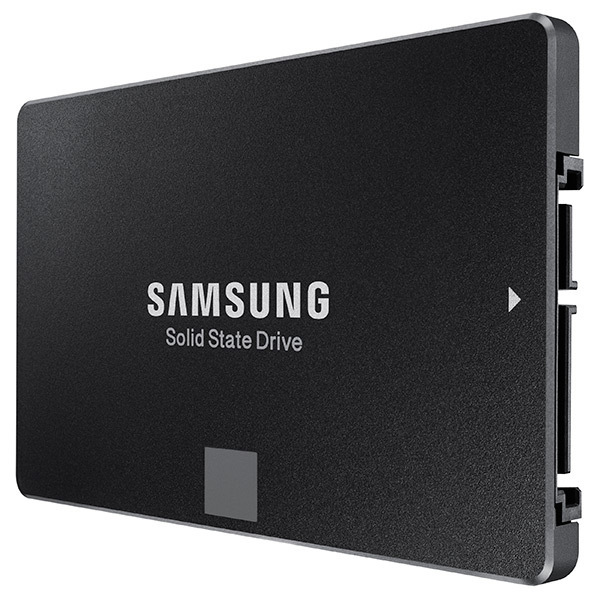Table of Contents
Preface
Drives can be split into different partitions to treat the drive as if it contained multiple regions. Partitioned drives have multiple uses which can improve performance and optimize software interaction between the different drive regions. This article will cover the different kinds of partitions, pros and cons of partitioning a drive, how to partition a drive, and finally, what partitions to expect within Windows 10.
Different Drive Partitions
Partitioning a drive is when you create one or more regions on a hard drive or solid state drive. The regions created are generally called partitions or volumes which refer to a defined storage space on a drive. It essentially makes a single, physical disk drive appear as multiple disks. There are different types of partitions with the main ones including:
Primary Partition: Contains one file system and typically stores the boot files for the primary operating system. Can be set active and has a max of 4 primary partitions on MBR disks.
Extended Partition: A defined area where logical drives are stored. Max of one partition per drive.
Logical Partition: Can be used to store data, but can't boot an operating system. Often used as an organizing tool. Limit of logical partitions only restricted by disk storage space.
In our example, Disk 1 has multiple primary partitions and an extended partition with multiple logical drives. The color key is great for showing the different types of partitions.
Pros and Cons of Drive Partitioning
The benefits generally outweigh the disadvantages, but It is important to understand when to partition a drive. Sometimes it is unnecessary or inefficient to break up a drive into different partitions. Below is a table with some of the Pros and Cons to consider before splitting up a drive.
| Pros | Cons |
|---|---|
| Separates OS and program files to optimize interaction with the operating system. | Reduces the total space available for storage on the drive. |
| Better organization to allow frequently-used data and programs to be near each other. | Reduces performance on HDDs when accessing data frequently on different partitions (has no effect on SSDs). |
| Allows multi-boot setup options. | Prevents using the whole disk capacity for a single large folder/file/application. |
| Protects and isolates files. | |
| Enables image backups to be made of only the operating system and installed software. |
Important note: Be sure you have any necessary data backed up before doing any type of drive manipulation.
How to Partition a Drive
When a new hard drive/ solid state drive is first installed in a system, it must be initialized and then partitioned before it is formatted to be usable. There are different tools and commands to perform drive partitioning, but this article will cover using the Disk Management tool within Windows 10.
1. Launch Disk Management by right clicking the Windows start button and select "disk management"
2. If it is a new drive or a blank drive, skip down to step 5. Otherwise, select the disk you want to partition and right click the drive to bring up options.
3. Select "Shrink" to free up space from the existing volume.
*4. Enter the size of the new partition you wish to make.
*5. You should have an area that now says "Unallocated space." Right click this area and select "New Simple Volume" and a Wizard will come up to guide you through the steps.
6. First, you will specify the volume size
*7. Next, you will assign a drive letter or set a path.
*8. Now you will format with the file system and finalize your new partition.
*referenced picture
Windows 10 Partitions
Have you ever noticed your drive split up into different partitions after installing Windows 10? This is because Windows has a particular way about how it optimizes the use of the storage it's installed on. Examples of the partitions Windows 10 creates include:
System Reserved/ Recovery: Depending on if the installation was done on an MBR disk or a GPT disk, your drive will have one or two of these partitions. The active region holds the recovery environment for your system to boot into and troubleshoot operating system issues. These recovery partitions generally range from about 500MB-1GB.
C: or Primary Partition: Windows 10 uses "C" as the default drive for your system. When Windows was first designed letters A and B were reserved for floppy disks making C the first available letter. The "C" drive contains important operating system files including boot records, page file, crash dump, as well as have the remainder of the space on the drive available for storage use.
When installing Windows 10 on a drive, we recommend having a clean drive showing unallocated space and allowing Windows 10 to create the required partitions. You can manually create the correct sized partitions for Windows to use, but it is generally much easier to allow the installation media to perform this automatically.
Hopefully this article provides a better understanding of partitioning a drive. If you have further questions feel free to contact our support department with your order number and we will assist!
Need help with your Puget Systems PC?
If something is wrong with your Puget Systems PC, we are readily accessible, and our support team comes from a wide range of technological backgrounds to better assist you!
Looking for more support guides?
If you are looking for a solution to a problem you are having with your PC, we also have a number of other support guides that may be able to assist you with other issues.
